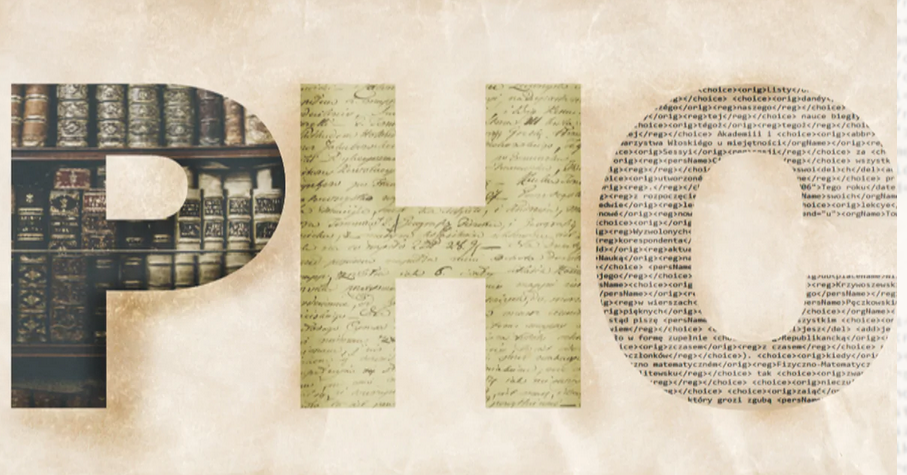Digital History Lab

At the Faculty of History, by virtue of the decree of the Dean of the Faculty of History, the Digital History Laboratory was established.
What is Digital History?
The simplest answer is quite general. Digital History is a method that is based on information related to the past, but its processing involves the use of the latest digital technologies to facilitate the work of other researchers of the past.
The concept of Digital History is combined with modern digital tools. Such activities aid humanists at various stages of their work and influence the organization of research. They are of both practical and theoretical importance. These working methods allow for more effective and innovative research work.
What is digital word processing?
A digital edition is a text encoded in a universal way and made available to a wide audience on the Internet, both in a visualized form (in some ways resembling traditional paper editions) and in the form of source code that users can download and use further for their own research. We use modern technologies to analyze historical texts in order to facilitate the interpretation of phenomena.
What does digital text editing look like from the practical side?
When editing texts digitally, we use the TEI encoding standards.
TEI, “Text Encoding Initiative”, is a standardized way of encoding text using special text markings. It involves the use of guidelines and rules that allow for the structural marking of various elements in the text, e.g. titles, paragraphs, quotations, notes, footnotes, etc., which then enables computer analysis, search and sharing of texts in a more advanced way. This standard is based on the eXtensible Markup Language (XML) and offers a rich set of elements and attributes for accurately describing the structure and content of texts.
Texts that are described using TEI encoding are presented using the TEI Publisher tool.
This standardized coding enables the creation of rich text corpora that are valuable for researchers, textual analysis and humanities projects.
In addition to TEI coding, we use equally user-friendly data visualization to illustrate a given phenomenon, e.g. over years or places.
A great benefit for the researcher is that – by receiving a certain set of source materials – thanks to filters, she/he can easily select the range of her/his interest, which she/he can additionally present in the form of spatiotemporal visualizations (e.g. on a map, chart, table).
What texts will we examine?
This Lab intends to carry out projects related to various historical periods and sources. Currently, we are concentrating on the compilation of Polish letters from the first half of the 19th century. However, we will expand our activities to include other types of sources, e.g. historiographical texts, such as the Latin catalogue of church dignitaries from the 15th century.
Benefits?
Through our activities, we want to convey history in a more accessible and interactive way. Over time, we intend to involve the students of the Faculty more and more intensively in our work. We hope that thanks to the development of various databases and tools, they will gain skills useful not only in research work, but also in today’s labour market.
Website of the Digital History Lab